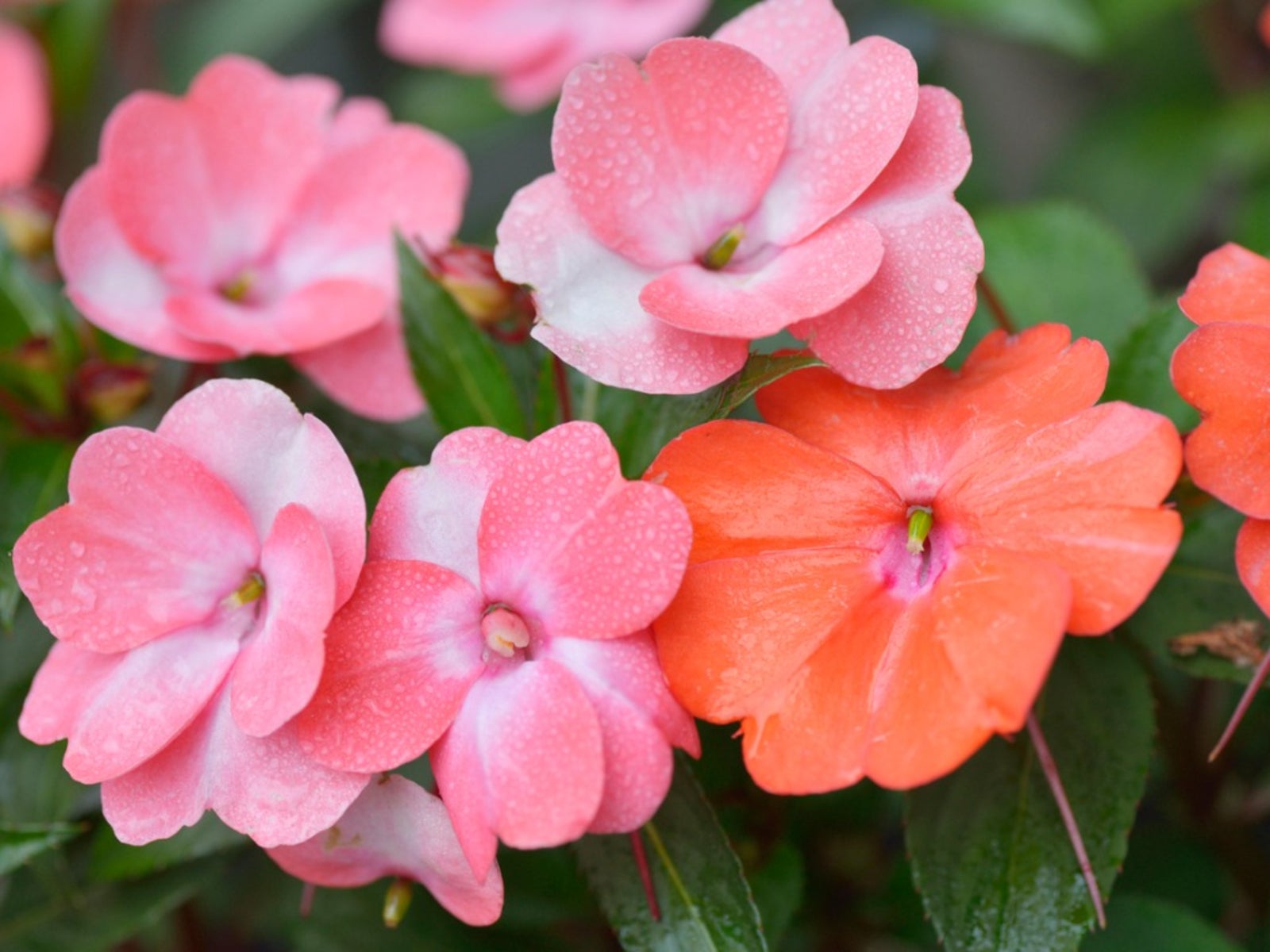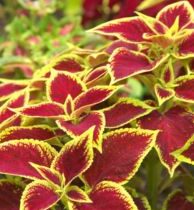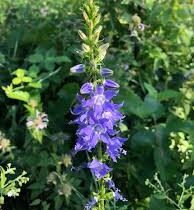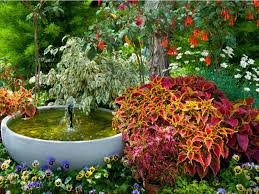Impatiens are a beloved choice for gardeners due to their vibrant blooms and ability to thrive in shaded areas. This comprehensive guide provides detailed information about impatiens, including their benefits, types, planting, care, management, and more.
Definition and Benefits of Impatiens
Impatiens, belonging to the genus Impatiens, are herbaceous flowering plants known for their colorful blossoms and lush foliage. Here are some key benefits of growing impatiens:
- Shade Tolerance: Impatiens excel in shaded spots where many other flowers struggle, making them perfect for under trees or near buildings.
- Continuous Blooms: They provide vibrant color throughout the growing season, from spring until frost, ensuring a lively garden.
- Versatile Planting Options: Impatiens can be used in borders, containers, hanging baskets, or as ground cover, allowing for a wide range of design possibilities.
- Low Maintenance: Once established, impatiens require minimal care, making them an excellent choice for busy gardeners.
Basics of Impatiens
- Common Name: Impatiens
- Botanical Name: Impatiens spp.
- Family: Balsaminaceae
- Plant Type: Herbaceous, annual (in cooler climates) or perennial (in tropical areas)
- Mature Size: 6–30 inches tall, 12–24 inches wide
- Sun Exposure: Partial to full shade
- Soil Type: Well-drained, evenly moist
- Soil pH: Slightly acidic to neutral (6.0 to 7.0)
- Bloom Time: Summer through frost
- Flower Colors: Pink, red, white, purple, orange, bicolor
- Hardiness Zones: 3-11 (USDA); generally treated as an annual in cooler zones
- Native Area: Native to tropical regions of Africa and Asia
Choosing Which Impatiens to Grow
There are several popular types of impatiens, each with unique characteristics. Here are the primary types:
1. Impatiens walleriana (Common Impatiens)
- Description: Known for their rounded, bright flowers available in a variety of colors. The foliage is dark green and lush.
- Height: Typically grows 6 to 18 inches tall.
- Bloom Time: Continuous blooms from spring until frost.
- Ideal Uses: Perfect for mass plantings, borders, and containers. Often used in shaded areas.
- Special Notes: Very versatile; may be susceptible to downy mildew in humid conditions.
2. Impatiens balsamina (Balsam Impatiens)
- Description: This type features larger, single or double blooms in vibrant colors. The leaves are wider and have a more upright growth habit.
- Height: Typically grows 12 to 30 inches tall.
- Bloom Time: Blooms from summer through frost.
- Ideal Uses: Great for borders, cut flowers, and ornamental gardens.
- Special Notes: Prefers full sun to partial shade; less susceptible to diseases compared to I. walleriana.
3. New Guinea Impatiens (Impatiens hybrid)
- Description: Hybrid varieties that boast large, showy flowers with a more upright growth habit. Available in a wider range of colors and patterns.
- Height: Typically grows 12 to 30 inches tall.
- Bloom Time: Continuous blooms from spring until frost.
- Ideal Uses: Excellent for containers, borders, and hanging baskets.
- Special Notes: More tolerant of sunlight compared to traditional impatiens, making them suitable for partial sun.
4. Impatiens omeiana (Chinese Impatiens)
- Description: This perennial type features unique variegated foliage and small, delicate flowers.
- Height: Typically grows 12 to 24 inches tall.
- Bloom Time: Blooms from late summer into fall.
- Ideal Uses: Best suited for shaded woodland gardens or as ground cover.
- Special Notes: Hardy in temperate zones; less common in traditional gardens.
When to Plant Impatiens
Getting the Planting Site Ready
Select a shady location with well-drained soil. Impatiens prefer evenly moist soil and thrive in slightly acidic to neutral pH levels. Prepare the soil by loosening it and adding organic matter, such as compost, to enhance fertility.
Timing for Planting
- Indoors: Start seeds indoors 8-10 weeks before the last frost date to ensure healthy plants.
- Outdoors: Transplant outdoors after the danger of frost has passed. In warmer regions, direct sow seeds in early spring.
Specific Timing for Different Regions
- Northern Regions: Plant after the last frost date, usually around mid to late May.
- Southern Regions: You can plant earlier, typically in late March or April.
Growing Impatiens
Planting Location
Impatiens thrive in partial to full shade. Choose a location that receives dappled sunlight or morning sun and afternoon shade. They do not tolerate direct, intense sunlight, which can scorch their leaves.
Spacing
Space impatiens about 8 to 12 inches apart to allow for proper air circulation and growth. This spacing helps prevent overcrowding and encourages healthy blooms.
Care and Maintenance
Watering
Impatiens prefer consistently moist soil. Water regularly, especially during dry spells, but avoid letting the soil become soggy. Use mulch to retain soil moisture and regulate temperature.
Fertilization
Apply a balanced, water-soluble fertilizer every 4-6 weeks during the growing season to promote healthy growth and blooming. Over-fertilizing can lead to lush foliage with fewer flowers, so moderation is key.
Pruning and Deadheading
Regular deadheading—removing spent flowers—encourages new blooms and extends the flowering season. Prune leggy growth to maintain a bushy shape and promote more blooms. In late summer, you can also pinch back stems to encourage fuller growth.
Pest and Disease Management
Impatiens are generally pest-resistant, but they can attract aphids and spider mites. Monitor for infestations and treat with insecticidal soap or neem oil if necessary. Ensure good air circulation to prevent fungal diseases like downy mildew.
Impatiens Pests and Diseases
Identifying and Treating Diseases
Common issues include downy mildew, root rot, and leaf spot. Ensure proper spacing for air circulation and avoid overwatering to prevent these problems. Treat any infections promptly with appropriate fungicides or by removing affected plants.
Identifying and Fixing Signs of Distress
Look for yellowing leaves, wilting, or stunted growth, which may indicate nutrient deficiencies or pest problems. Address these issues by adjusting care routines or using organic pest control methods. If you notice persistent issues, consider relocating the plants to improve conditions.
Planting Impatiens in the Garden
How to Use Impatiens
Impatiens can be planted in shady borders, containers, hanging baskets, or as ground cover. Their bright colors complement other plants and create a stunning visual display throughout the growing season. Consider mixing different colors and types for a more dynamic look.
Companion Planting
Impatiens can be effectively paired with other shade-loving plants, such as ferns, hostas, and heucheras, to create a lush, layered garden effect. They can also be mixed with spring-flowering bulbs, such as daffodils and tulips, to extend the season’s interest.
End of Season Care for Impatiens
As the growing season comes to an end, properly care for your impatiens. Cut back the plants and consider bringing potted varieties indoors if you live in colder climates. For garden varieties, you can either leave them in place for winter (if in a mild climate) or remove and compost them.
Collecting Seeds
If you’d like to propagate impatiens from seed, wait until the pods have dried on the plant, then collect and store them in a cool, dry place. Be mindful that some hybrids may not produce true seeds, so it may be best to start new plants from cuttings or buy new seeds.
Additional Tips for Successful Impatiens Growth
- Mulching: Apply a layer of mulch around the plants to help retain moisture and suppress weeds.
- Temperature: Impatiens prefer moderate temperatures and may struggle in extreme heat. Providing afternoon shade can help them thrive in hotter climates.
- Water Quality: If possible, use rainwater or distilled water for irrigation, as tap water may contain chemicals that could harm the plants over time








Leave a Reply
View Comments